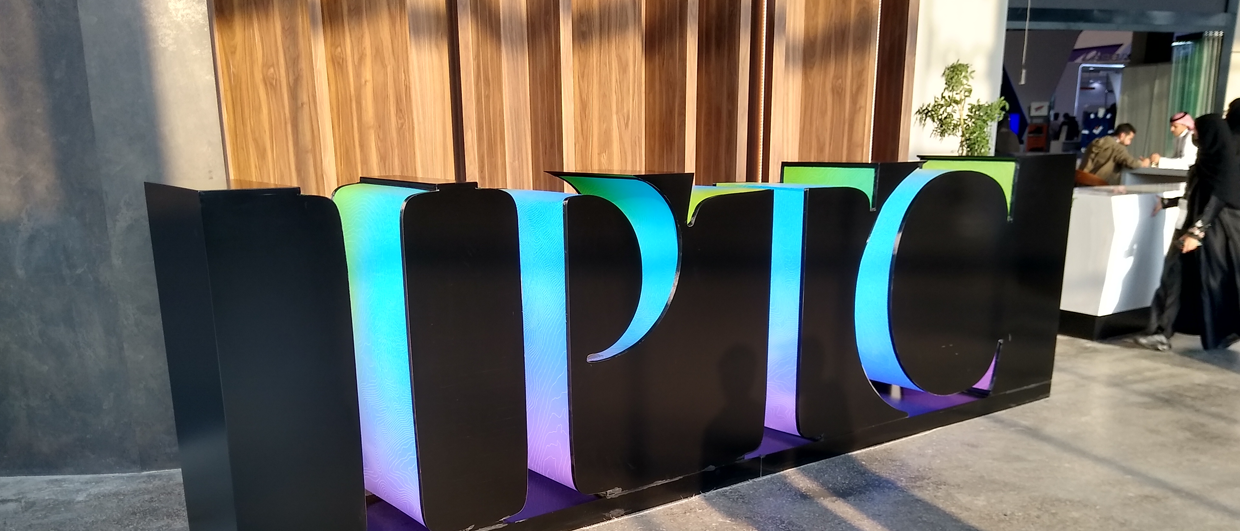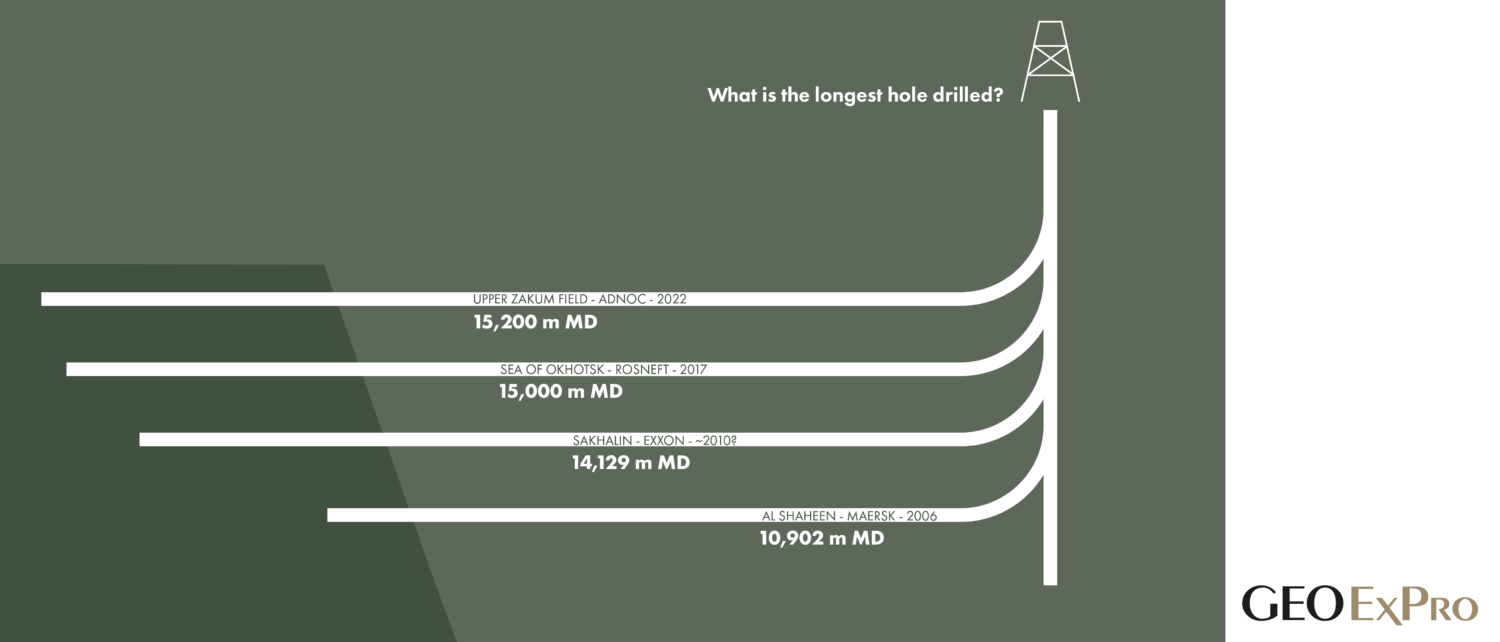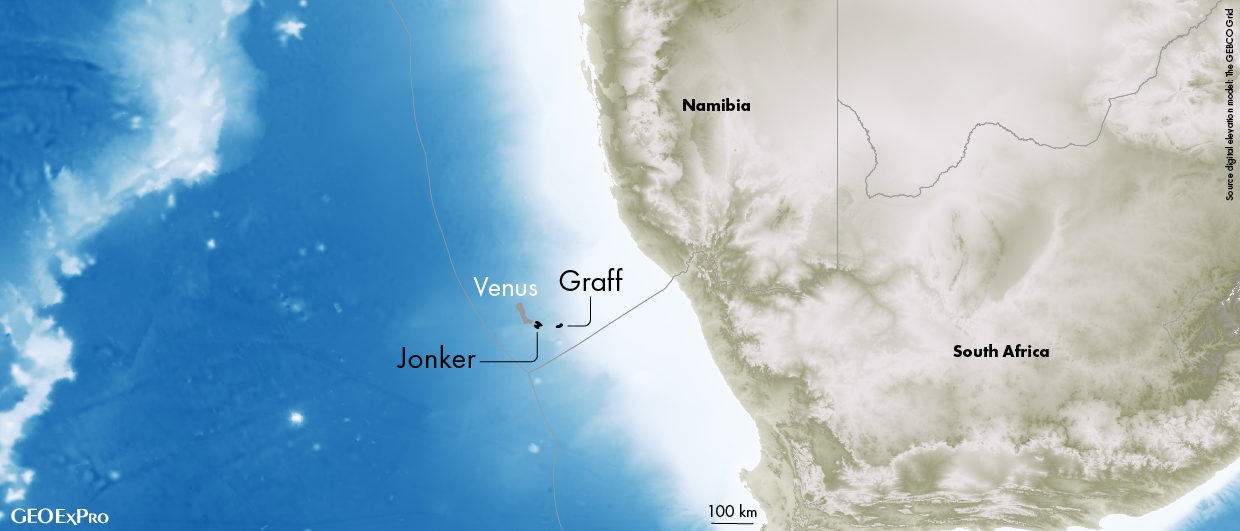“We went from two to nineteen mudlogging units recently”, said a representative from Geolog at the IPTC Conference in Saudi Arabia this week. “It is obvious that things are picking up for the industry in this part of the world.”
Service companies are the barometer of the state of the industry, and the service company representatives I spoke to at the conference all shared a few important things: Saudi Arabia is changing, it is more open to business, it wants to attract in-house manufacturing and it is there for the long term. For some companies, this means a change in the way of operating, but it surely means that there are possibilities in this country. And that is what drives confidence and motivation to be there for the long run.
Harald Førdedal from Interwell, a company that provides solutions across the lifecycle of oil and gas fields, shares the same vibe. “The country went from around 175 rigs in 2020 to around 330 today”, he said. “Most of these rigs are being used for infill drilling into existing fields, and a smaller portion for well interventions.” Drilling takes place both offshore as well as onshore, with the latter dominating the scene with around 250 rigs being active on land.
A sense of change
And it is not only a matter of foreign companies selling their kit in Saudi Arabia. Crown prince Mohammed bin Salman Al Saud, or MBS in short, is busy changing the country to a place where the local economy is involved more, from using local agents to book travel with to manufacturing tools in the country. “MBS’s objective is to make Saudi Arabia, as he puts it, “normal”, writes the magazine Foreign Affairs in an article this month. He introduced a system to keep track of how much foreign companies involve local businesses, and the more points one collects the better the conditions to operate in the country.
“For that reason”, continues Harald Førdedal from Interwell, “our company is going to build a manufacturing workshop in Saudi, where previously this was done in Norway. This is an area of growth and a stable climate when it comes to oil and gas investments.” By changing the way the company operates, it will be able to part of that journey. “I know British colleagues who have clearly expressed a wish to stay here, as the situation at home is just far from being rosy in terms of the oil and gas outlook.”
More drilling and coring
Alastair Craig from Core Lab shares the same sentiment. “The country has been opening up recently”, he said, “and with formation damage being quite a common problem given that many wells targeting the carbonate reservoirs are being drilled overbalanced, there is the potential for a fair amount of formation damage project work.” He also expects coring jobs to be picking up thanks to the drilling of more exploration wells.
Beyond oil
But what about the recent announcement to put a foot on the brake when it comes to producing more oil? “Yes, it caused a bit of a fright at the office”, said Moawya Abdallah from EXPRO, the company that provides a range of well services in the region. “But then we realized that this is mostly related to oil, whilst 70-80% of my time at the moment is related to gas projects.”
This is an interesting observation. Gas has become more important to the country in recent years, and EXPRO’s project portfolio is clearly testament to that. “At the moment, gas is only used for domestic consumption in the country, but export is surely on the horizon too”, said Moawya, “given the developments currently ongoing in the Jafurah field.” The recent start of production of tight gas from the Ghawar field is another sign that gas production is higher on the agenda these days.
Another reason to consider gas as a new entrant on the agenda of the Saudi government is the shifting focus on unconventionals. I spoke to several representatives from Aramco who work in this space, from exploration to development of unconventional reservoirs.
All in all, the picture that emerged from the various discussions I had at the conference is one of a country that wants to diversify away from oil, with a more open market that also benefits the local suppliers landscape.




